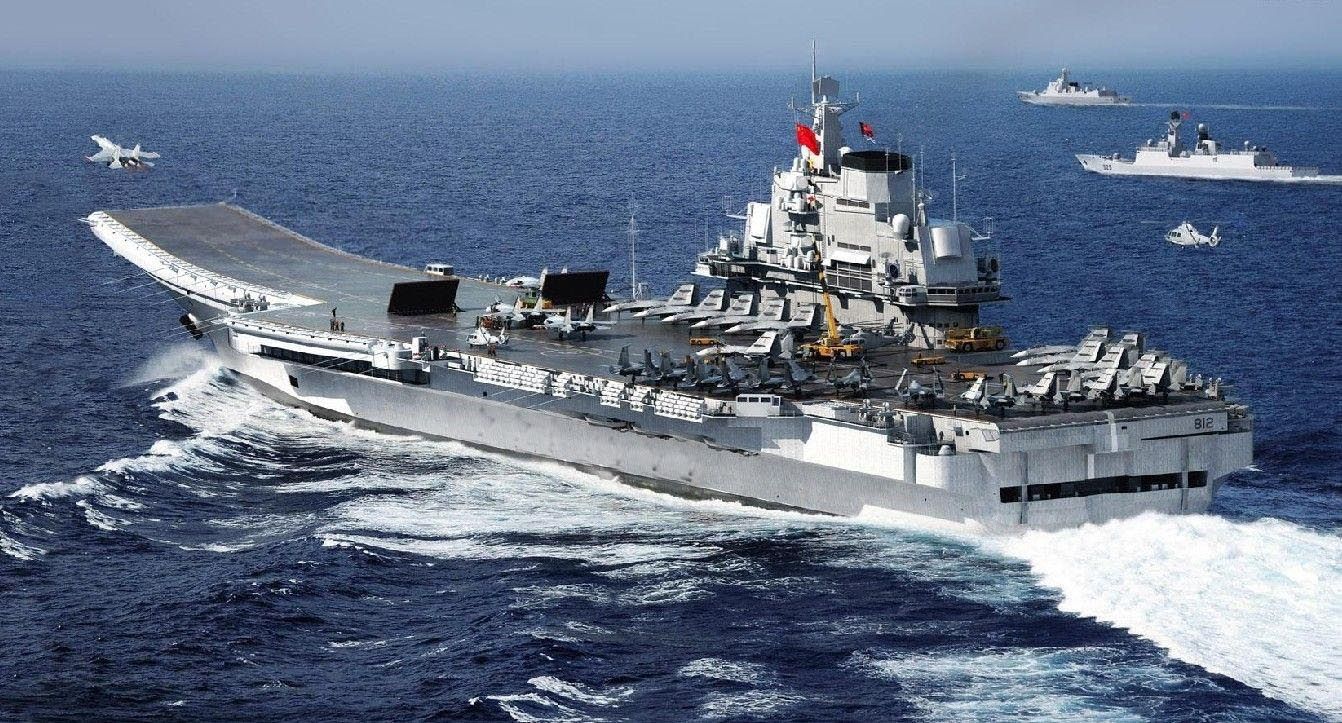So-called Air Defense Identification Zone (ADIZ) imposition by any country involves protecting its national security interests.

Written by Stephen Lendman; Originally appeared at Globalresearch
Foreign aircraft entering it without authorization may be intercepted, ordered out, or forced down if refuse. In the case of the South China Sea, vessels could be interdicted for entering protected waters without permission.
US-generated tensions risk escalating dangerously. A previous article indicated China intends deploying nuclear-armed subs in Pacific Ocean waters for the first time – to counter America’s growing threat.
Unjustifiably claiming freedom of navigation rights, provocative US air and naval military patrols, along with joint exercises with Asian allies, ups the stakes for possible direct Sino/US confrontation.
According to the South China Morning Post (SCMP), Beijing may declare “an air defence identification zone (ADIZ) in the South China Sea, two years after it announced a similar one in the East China Sea, according to sources close to the People’s Liberation Army and a defence report.”
Timing depends on regional security concerns, notably increasing US hostile activities. According to an unnamed Beijing source, “(i)f the US military keeps making provocative moves to challenge China’s sovereignty in the region, it will give Beijing a good opportunity to declare an ADIZ in the South China Sea.”
Its Defense Ministry declared its sovereign right to impose it. Its 2013 East China Sea AZIZ includes waters and islands claimed by other regional countries.
Beijing considers America’s expanding Pacific military footprint the region’s greatest threat. Its Ministry of National Defense spokesman Yang Yujun urged Washington “to stop stirring up a storm in a teacup and stop sowing seeds of discord so as to maintain peace and stability in the South China Sea, which conforms to the common interests of all parties.”
Beijing wants provocative US air and sea-based surveillance activities stopped. Its Defense Ministry minced no words, calling “large-scale and frequent (US) close-in reconnaissance activities against China by US military vessels and aircraft” unacceptable close encounters, the “root cause” for its security concerns.
Stephen Lendman lives in Chicago. He can be reached at lendmanstephen@sbcglobal.net. His new book as editor and contributor is titled “Flashpoint in Ukraine: US Drive for Hegemony Risks WW III.”http://www.claritypress.com/LendmanIII.html Visit his blog site at sjlendman.blogspot.com. Listen to cutting-edge discussions with distinguished guests on the Progressive Radio News Hour on the Progressive Radio Network.





